
Vintage sideboards bring character and functionality to any home. These versatile pieces serve as both storage solutions and statement furniture, but with so many styles available, choosing the right one can feel overwhelming. Whether you're furnishing a dining room or need extra storage in your hallway, understanding different sideboard styles will help you make the perfect choice for your space.
Understanding Sideboard Styles Through the Decades
Mid-Century Modern Sideboards
Mid-century modern sideboards from the 1950s and 1960s feature clean lines, tapered legs, and warm wood tones. These pieces often showcase beautiful grain patterns in teak, walnut, or oak. A mid-century oak sideboard typically includes sliding doors and geometric handles, making it perfect for contemporary homes that appreciate vintage charm.
Key features include:
- Sleek, horizontal silhouettes
- Hairpin or tapered wooden legs
- Rich wood finishes
- Minimalist hardware
Victorian Era Elegance
Victorian sideboards are grand, ornate pieces that dominated dining rooms from 1837 to 1901. These substantial sideboard cabinets feature intricate carvings, multiple compartments, and often include mirrors or decorative backs. While beautiful, Victorian pieces require ample space and suit traditional décor schemes.
Characteristics of Victorian sideboards:
- Heavy, solid wood construction
- Elaborate carved details
- Dark wood finishes like mahogany
- Multiple drawers and cupboards
Art Deco Sophistication
Art Deco sideboards from the 1920s and 1930s blend luxury with geometric design. These pieces often feature exotic wood veneers, chrome accents, and striking symmetrical patterns. An Art Deco black sideboard can create a dramatic focal point in modern interiors.
Colour Considerations for Your Space
Classic White Sideboards

A white sideboard works beautifully in both traditional and contemporary settings. White pieces reflect light, making smaller rooms appear larger, and provide a neutral backdrop that complements any colour scheme. Vintage white sideboards often feature painted finishes that add cottage-style charm to kitchens and dining areas.
Timeless Black Sideboards

Black sideboards create sophisticated, dramatic statements. These pieces anchor a room's design and work particularly well in modern or industrial-style homes. A vintage black sideboard with brass hardware can bridge traditional and contemporary aesthetics.
Natural Wood Finishes

Natural wood sideboards showcase the material's inherent beauty. Oak sideboards remain popular choices due to their durability and attractive grain patterns. Vintage oak pieces often feature honey or golden tones that warm up any space.
Size Matters: Choosing the Right Scale
Small Sideboards for Compact Spaces
A small sideboard suits apartments, narrow hallways, or cosy dining areas. These pieces typically measure under 120cm in width while still providing useful storage. Vintage small sideboards often feature clever space-saving designs like fold-out surfaces or hidden compartments.
Statement-Making Large Pieces
Larger sideboards work well in spacious dining rooms or open-plan living areas. These substantial pieces provide extensive storage and create impressive focal points. When choosing a large sideboard cabinet, ensure your room can accommodate both the piece and comfortable movement around it.
Matching Style to Function

Consider how you'll use your sideboard before making your choice. Dining room sideboards typically need space for china, glassware, and serving pieces. Living room sideboards might store electronics, books, or display items. Kitchen sideboards often house everyday dishes and small appliances.
Look for features that match your needs:
- Adjustable shelving for varying item heights
- Wine storage for entertaining
- Cord management for electronics
- Lined drawers for silverware
Caring for Your Vintage Investment
Vintage sideboards require proper care to maintain their beauty and functionality. Regular dusting with appropriate wood cleaners keeps finishes looking fresh. Check for loose joints or hardware periodically, and address any issues promptly to prevent further damage.
Making Your Final Decision
Choose a sideboard that complements your existing décor while meeting your storage needs. Consider your room's proportions, colour scheme, and overall style. A well-chosen vintage sideboard becomes a cherished piece that serves your family for generations while adding authentic character to your home.
Remember that the best sideboard balances form and function perfectly. Whether you select a sleek mid-century piece or an ornate Victorian cabinet, your vintage sideboard should enhance both your daily life and your home's aesthetic appeal.

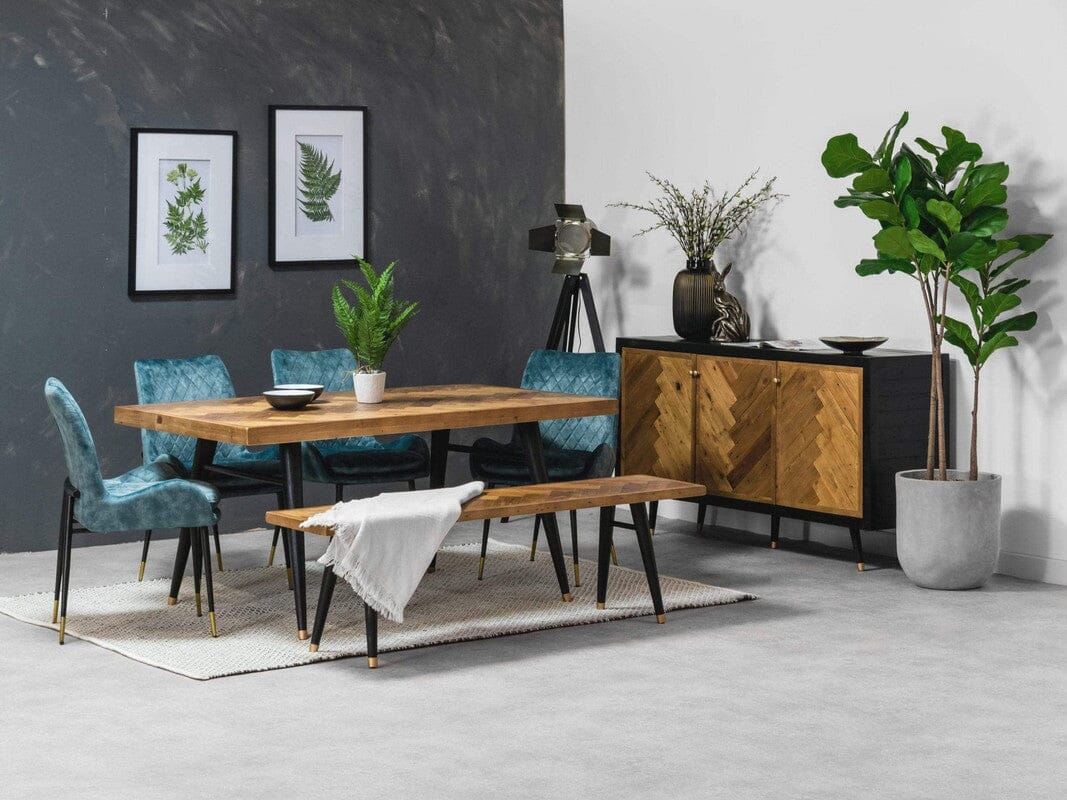
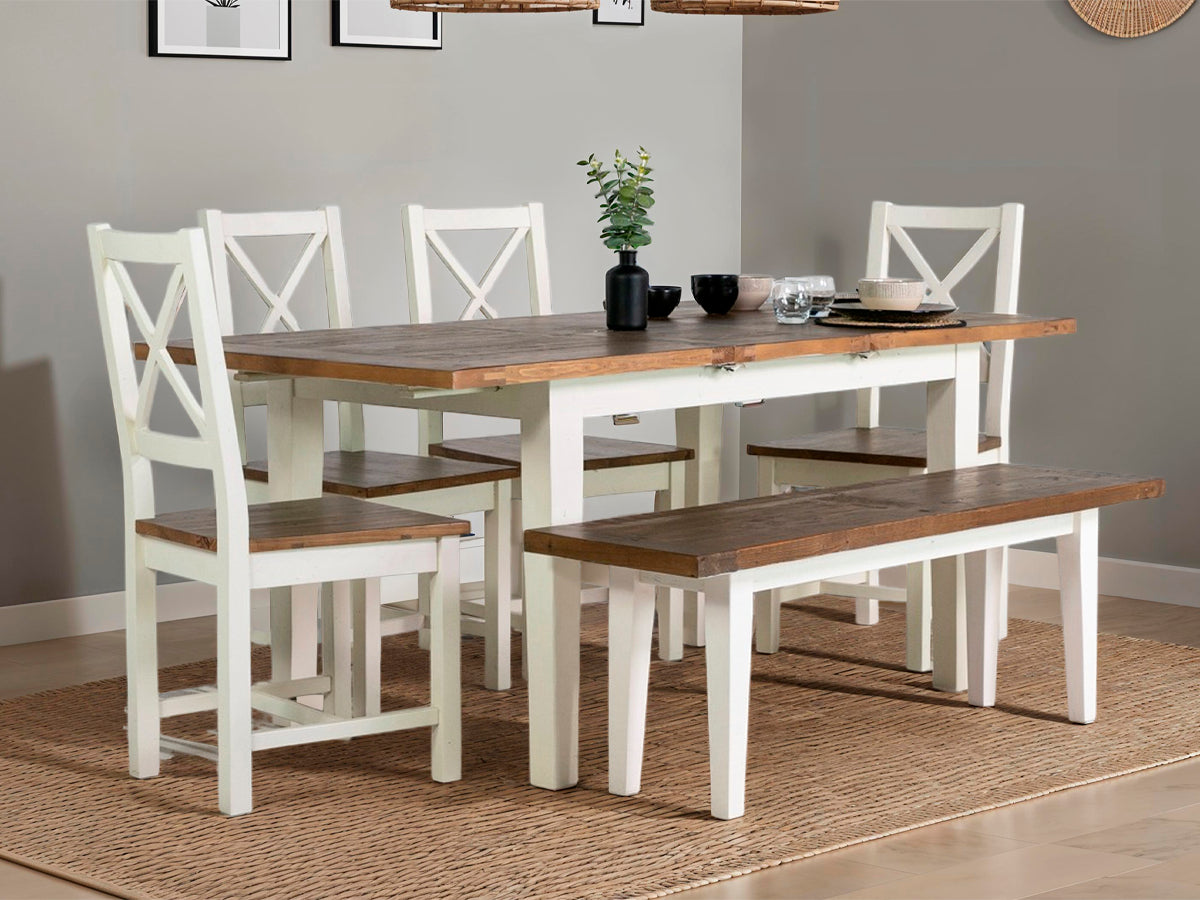

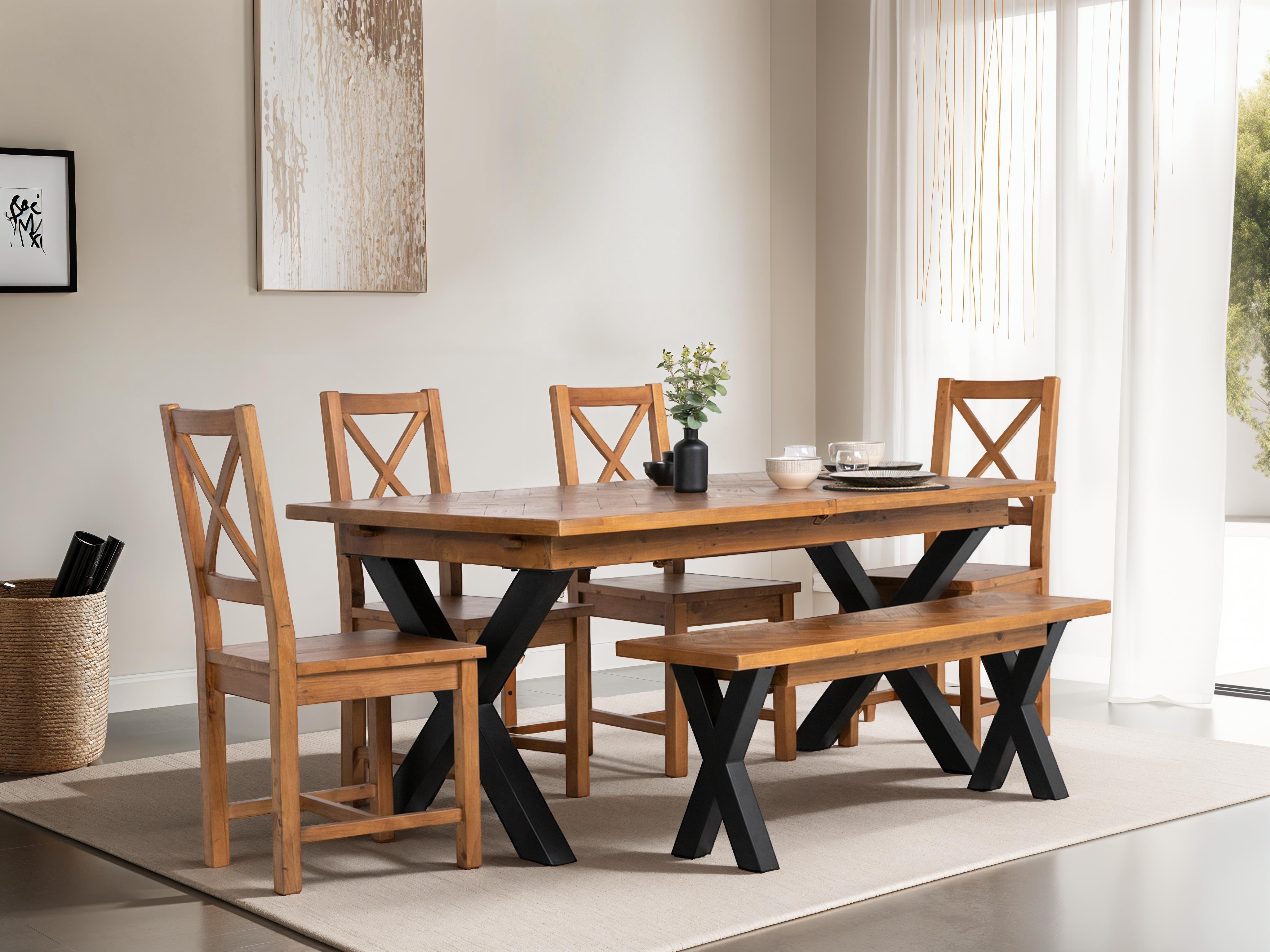
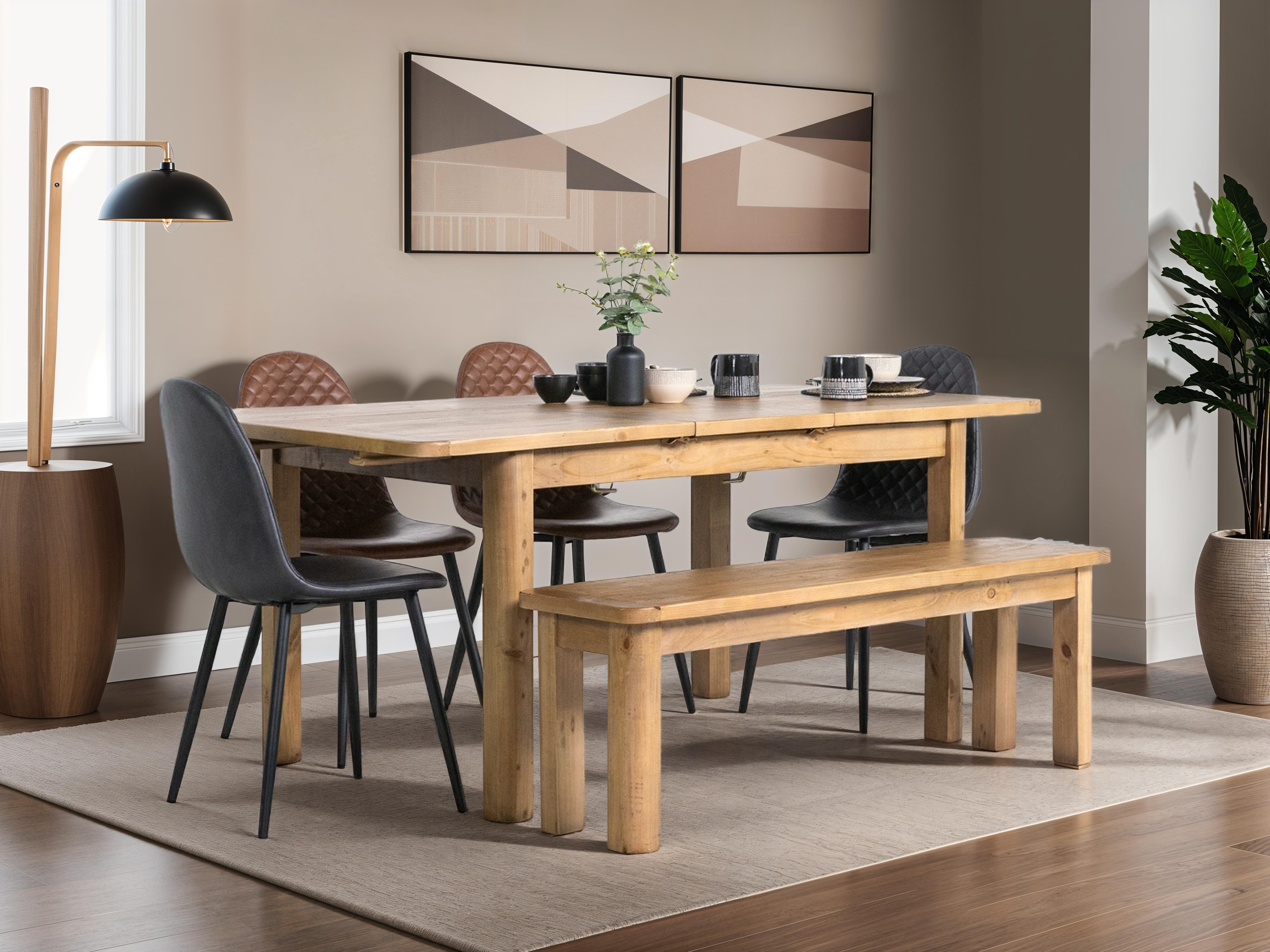

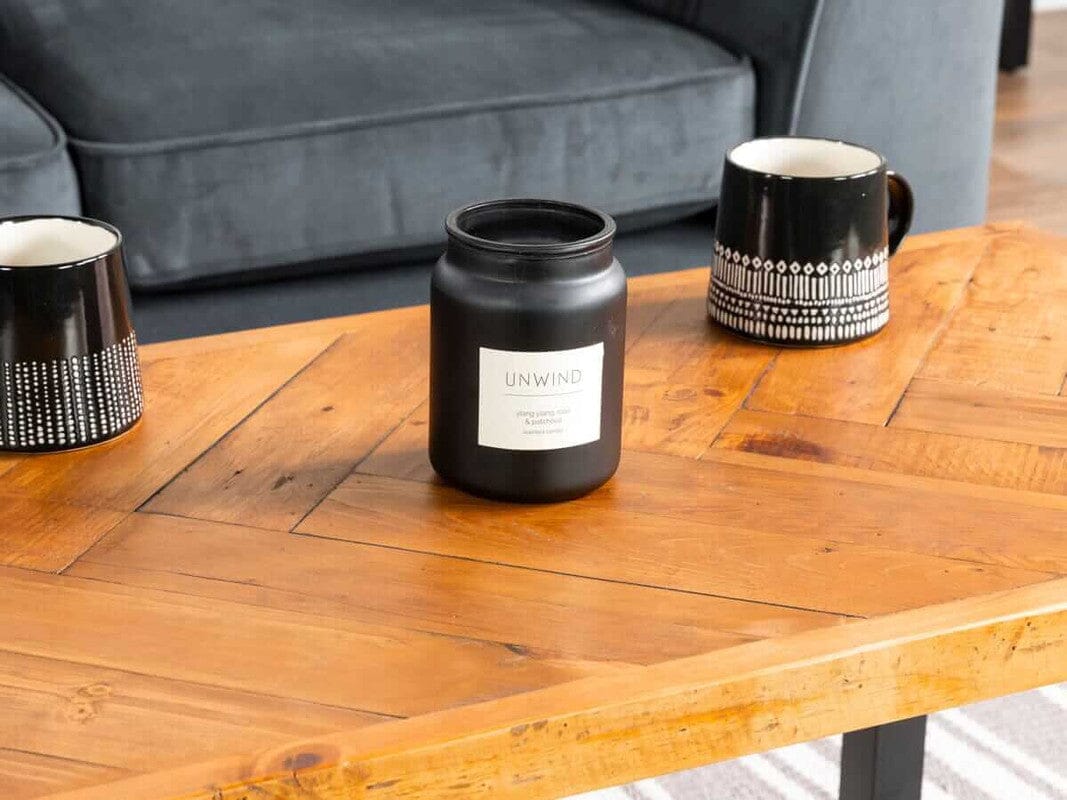
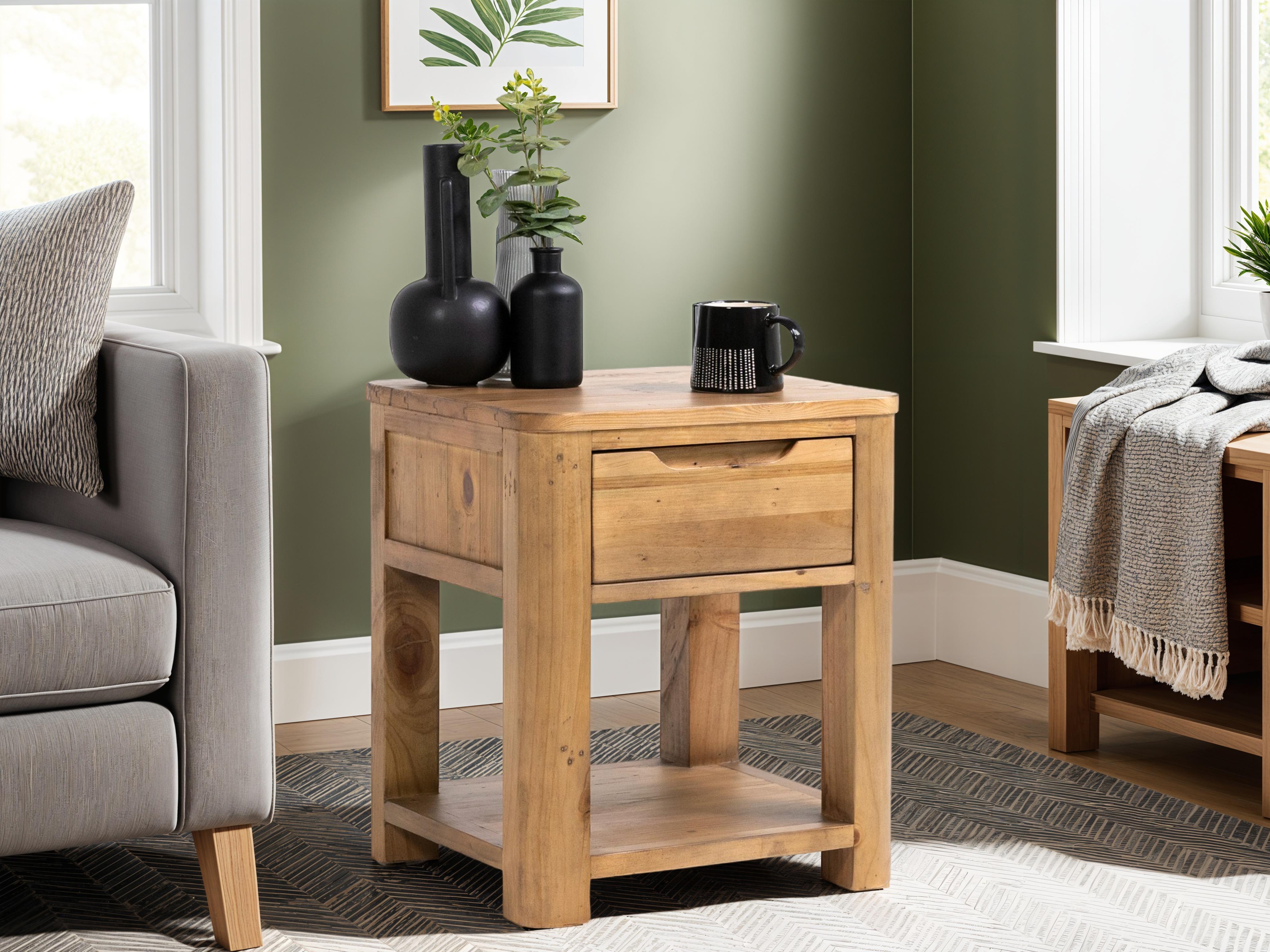
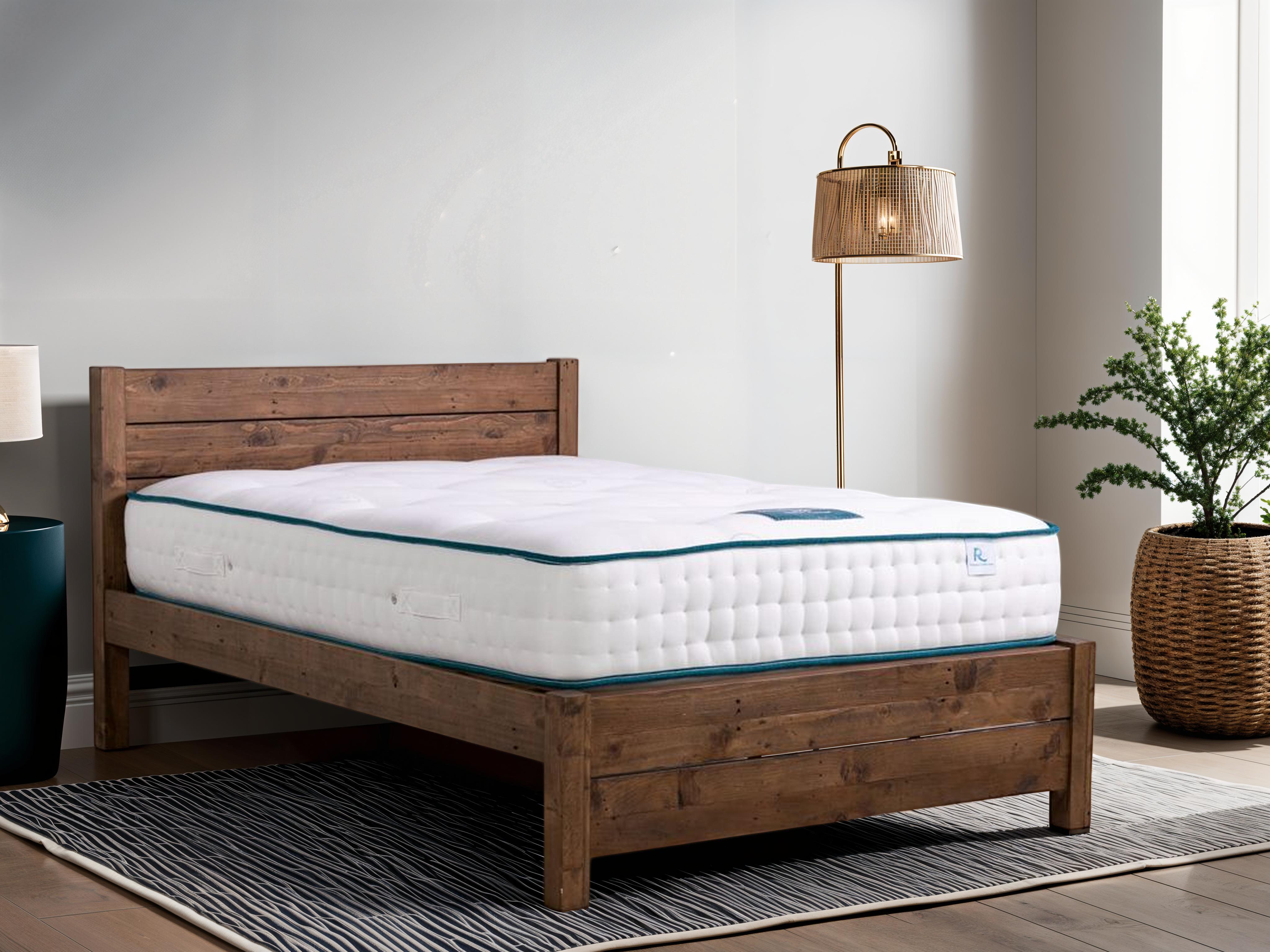
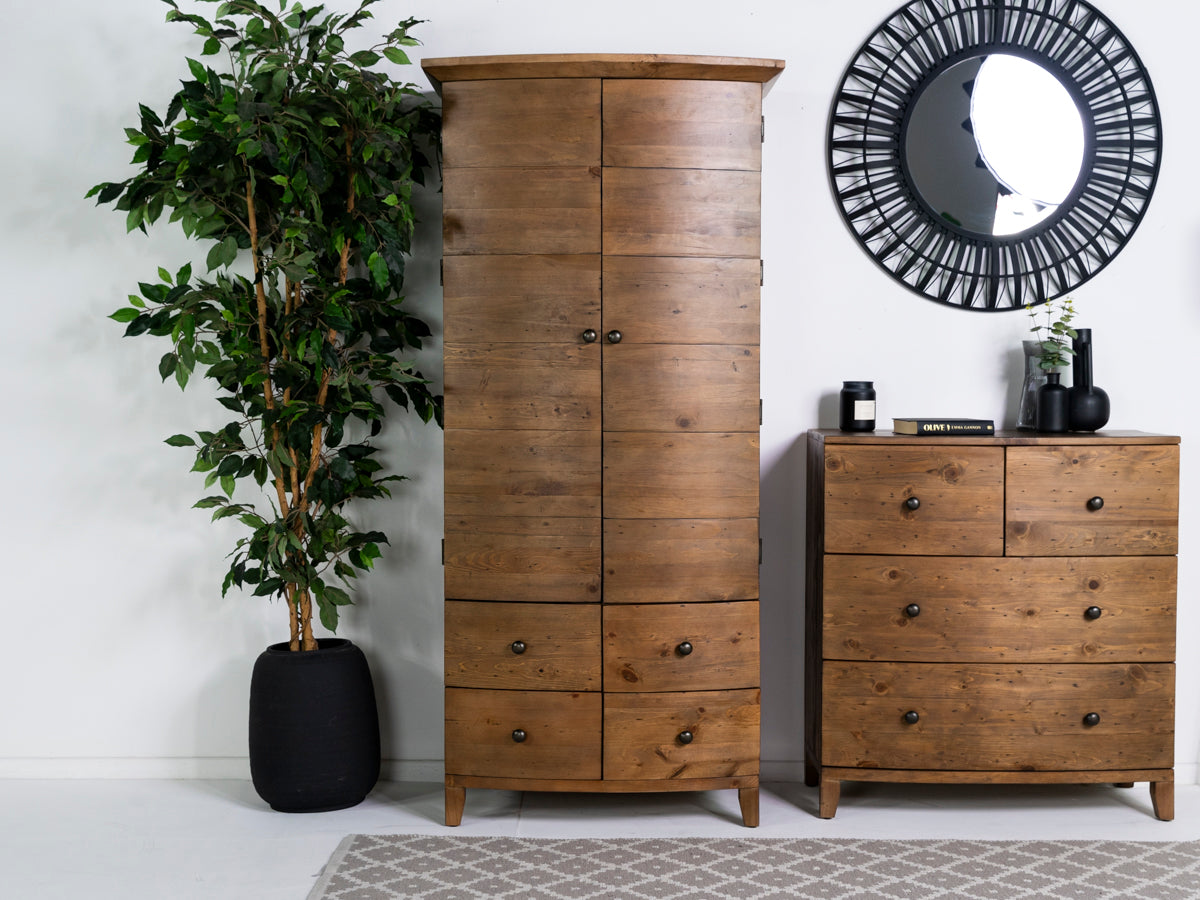
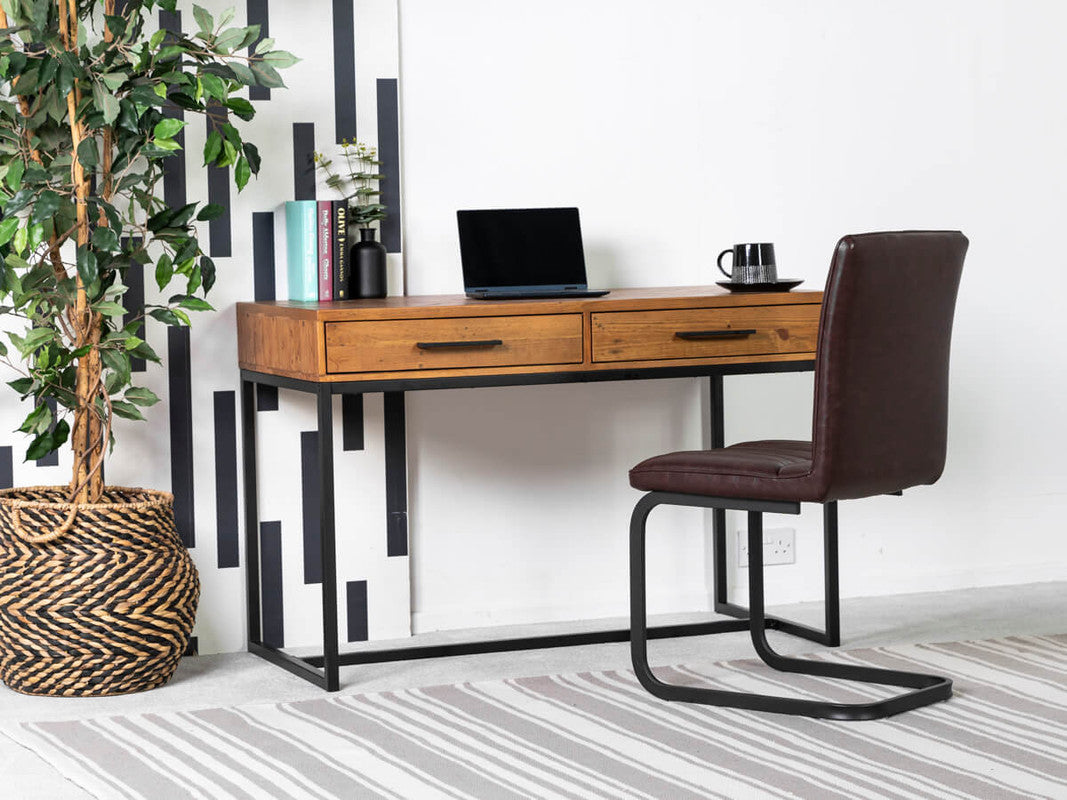
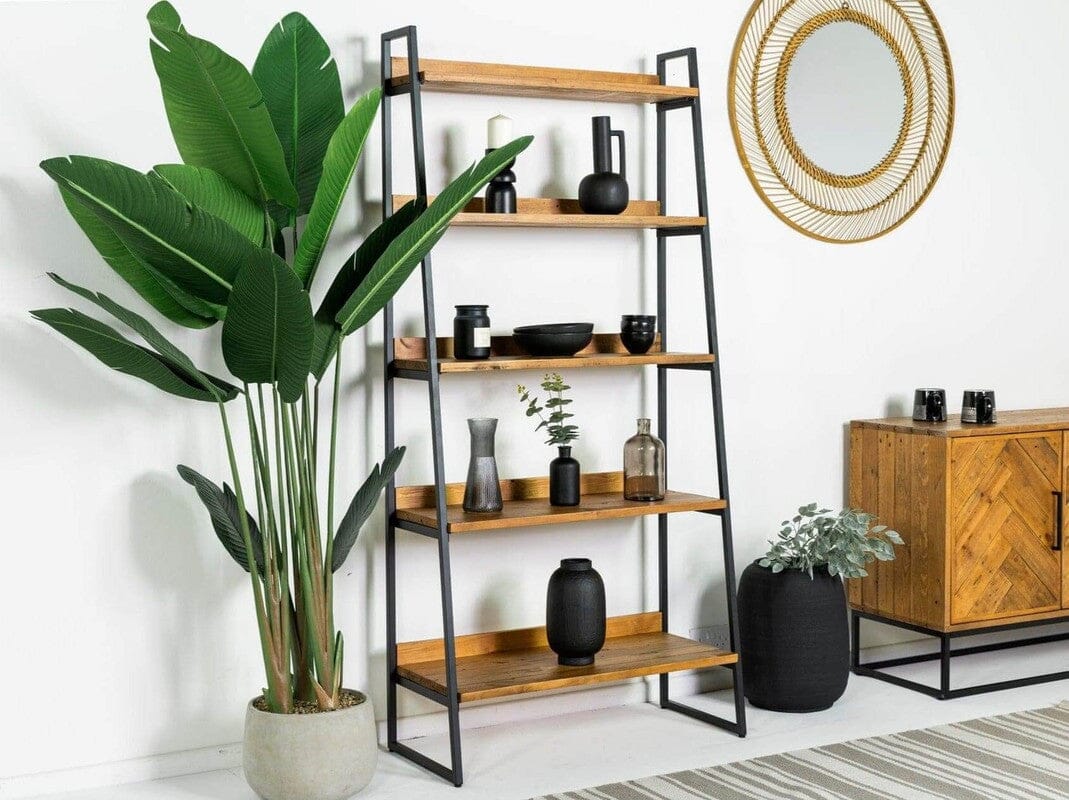
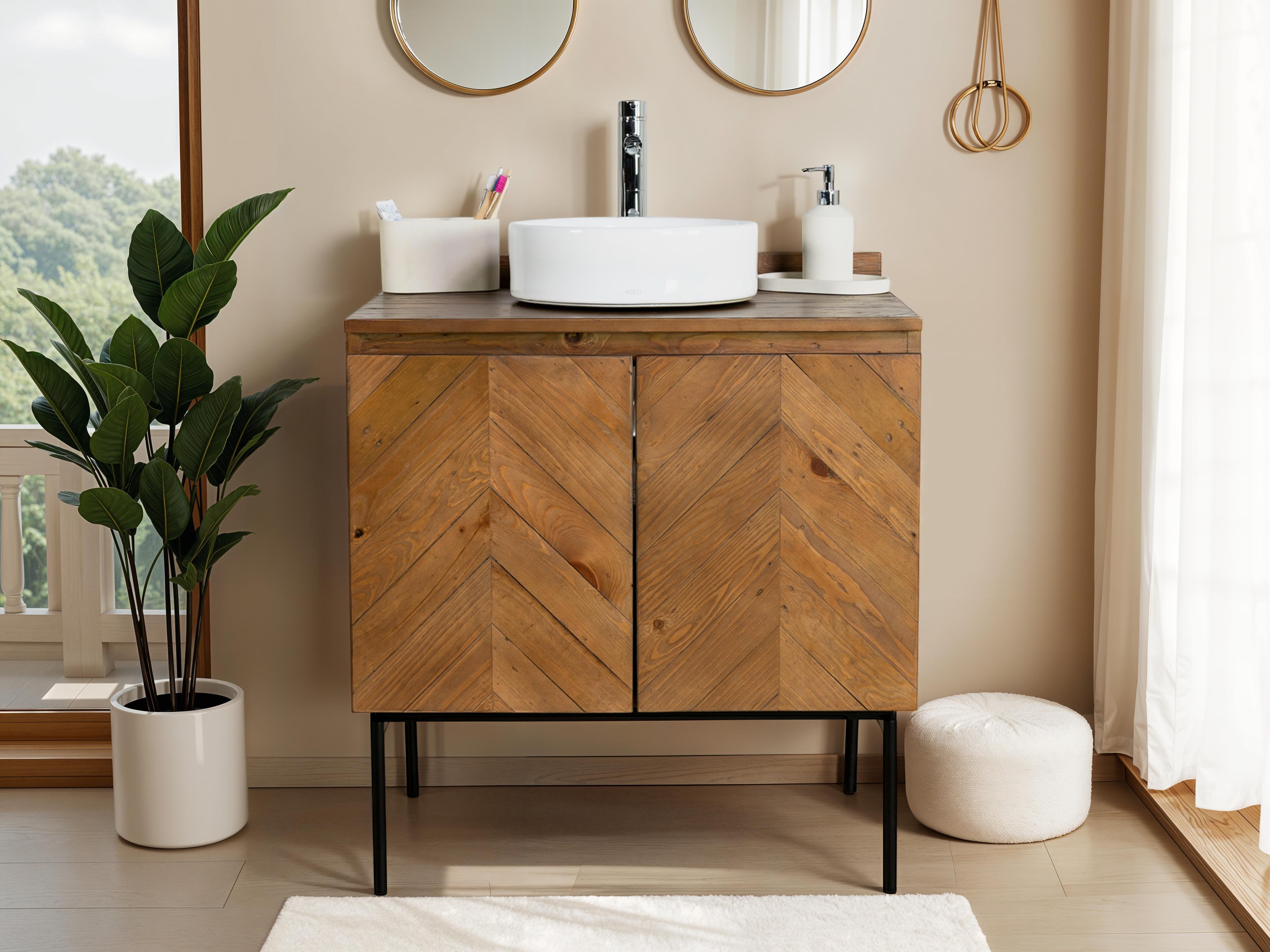
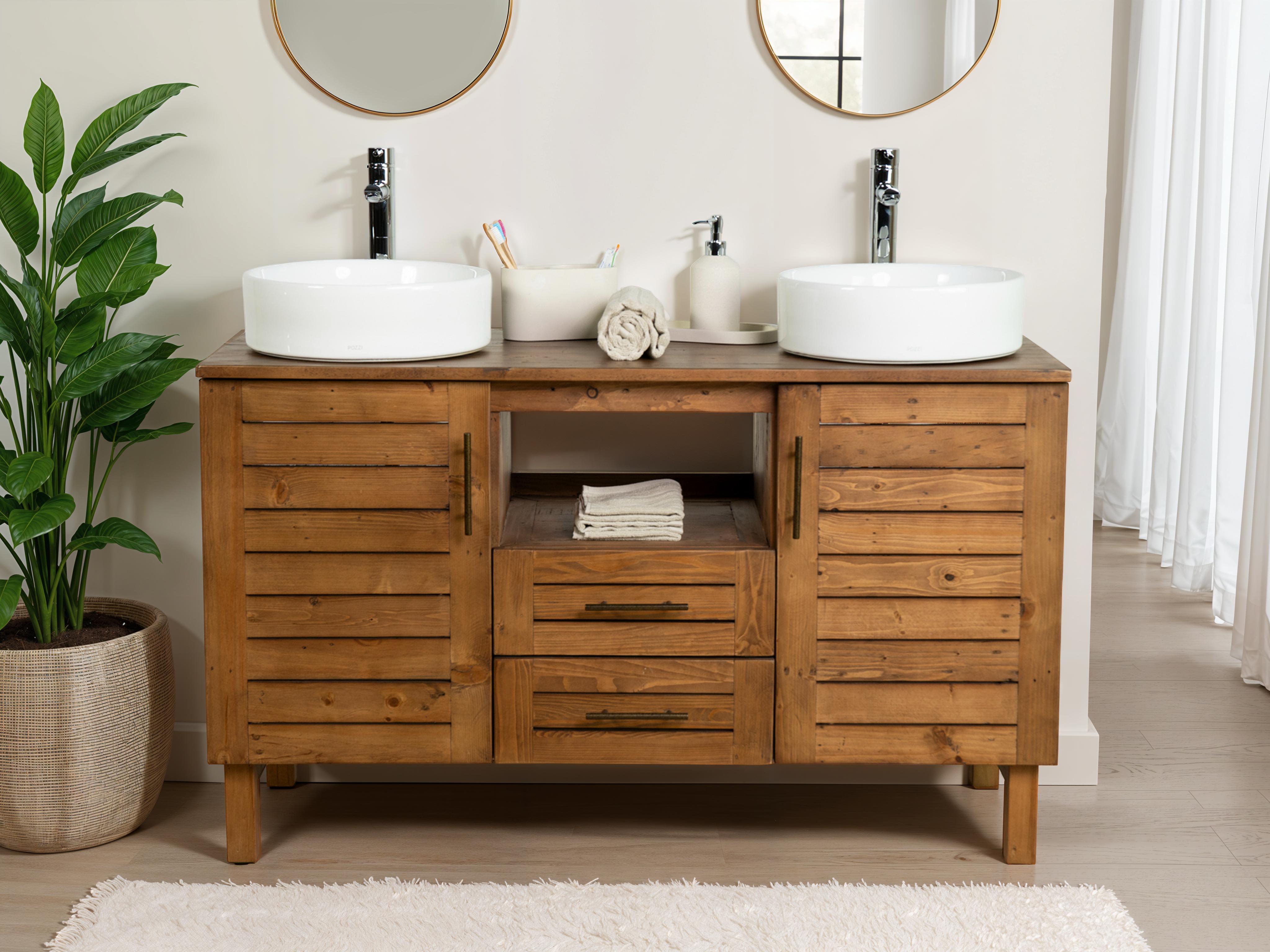
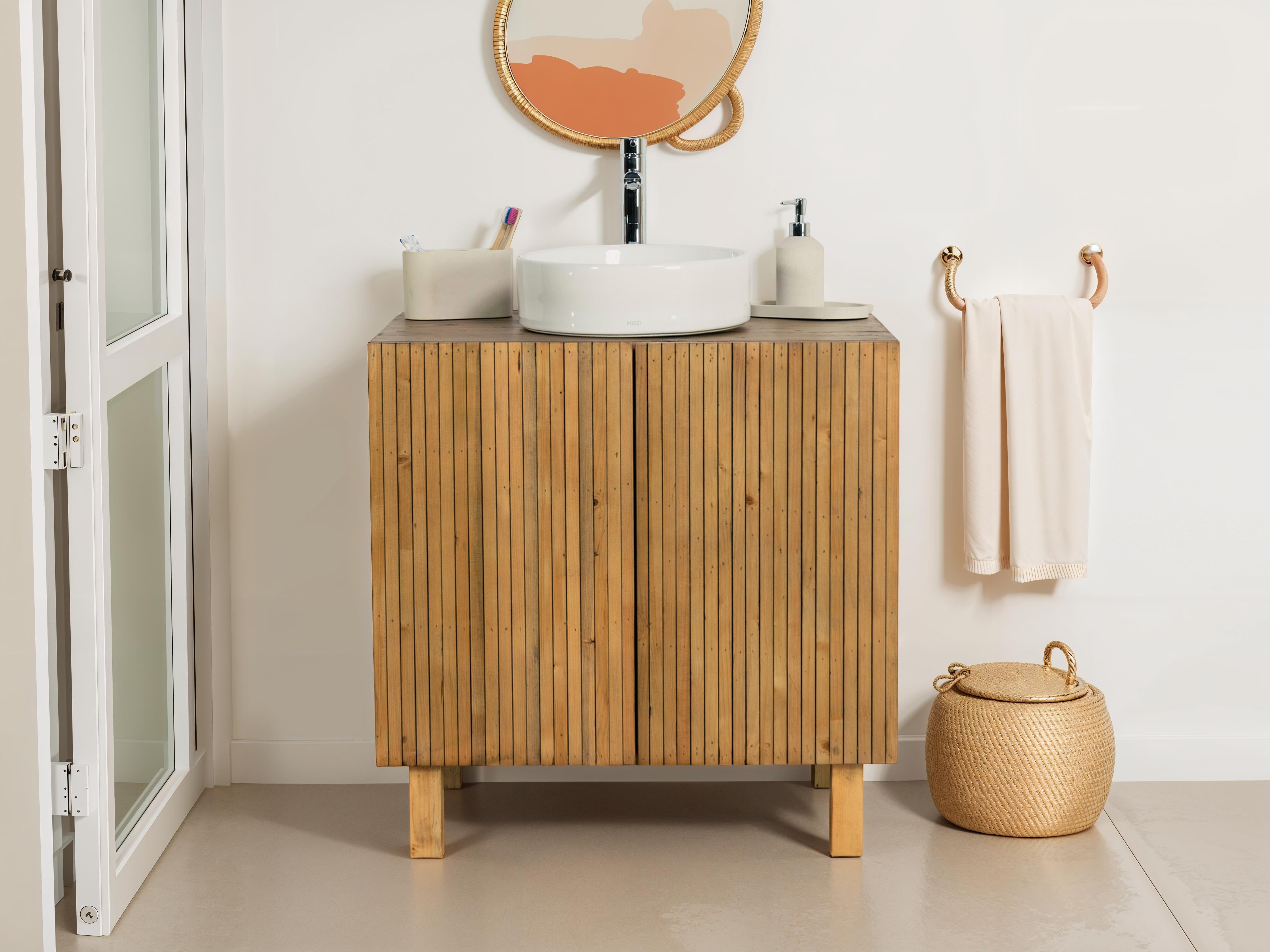

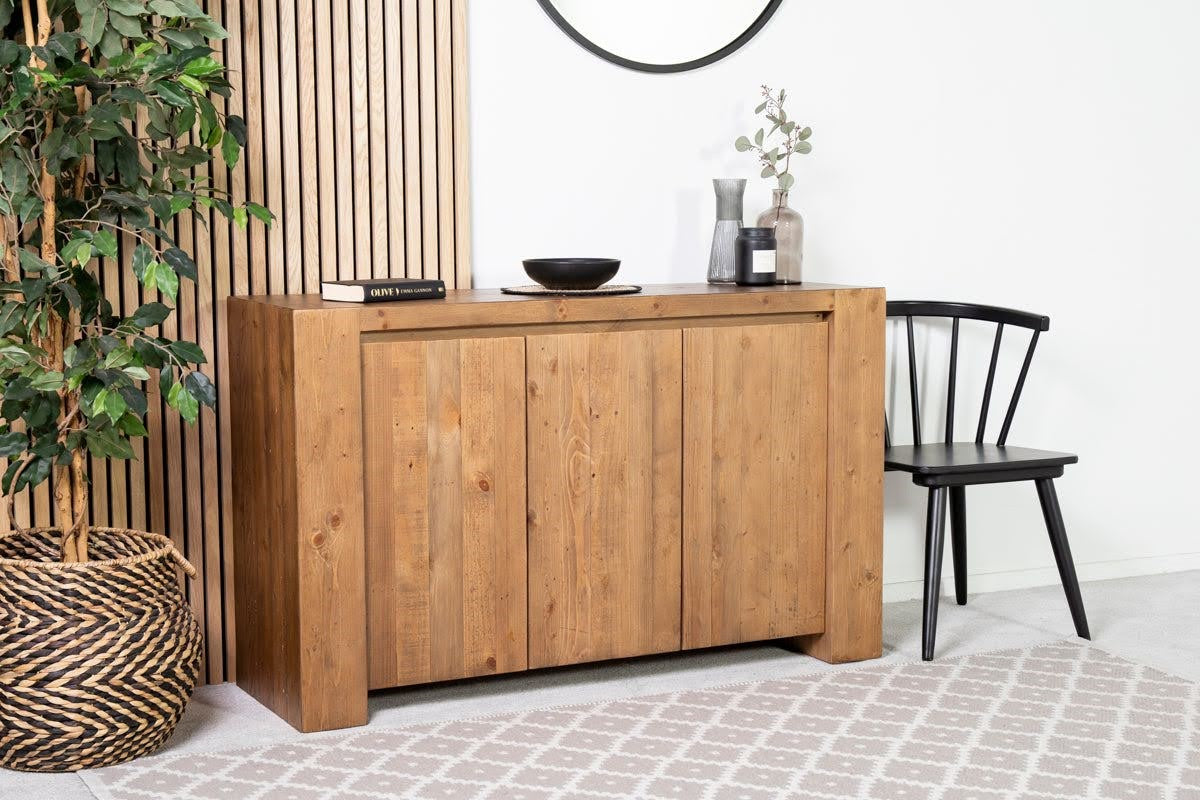
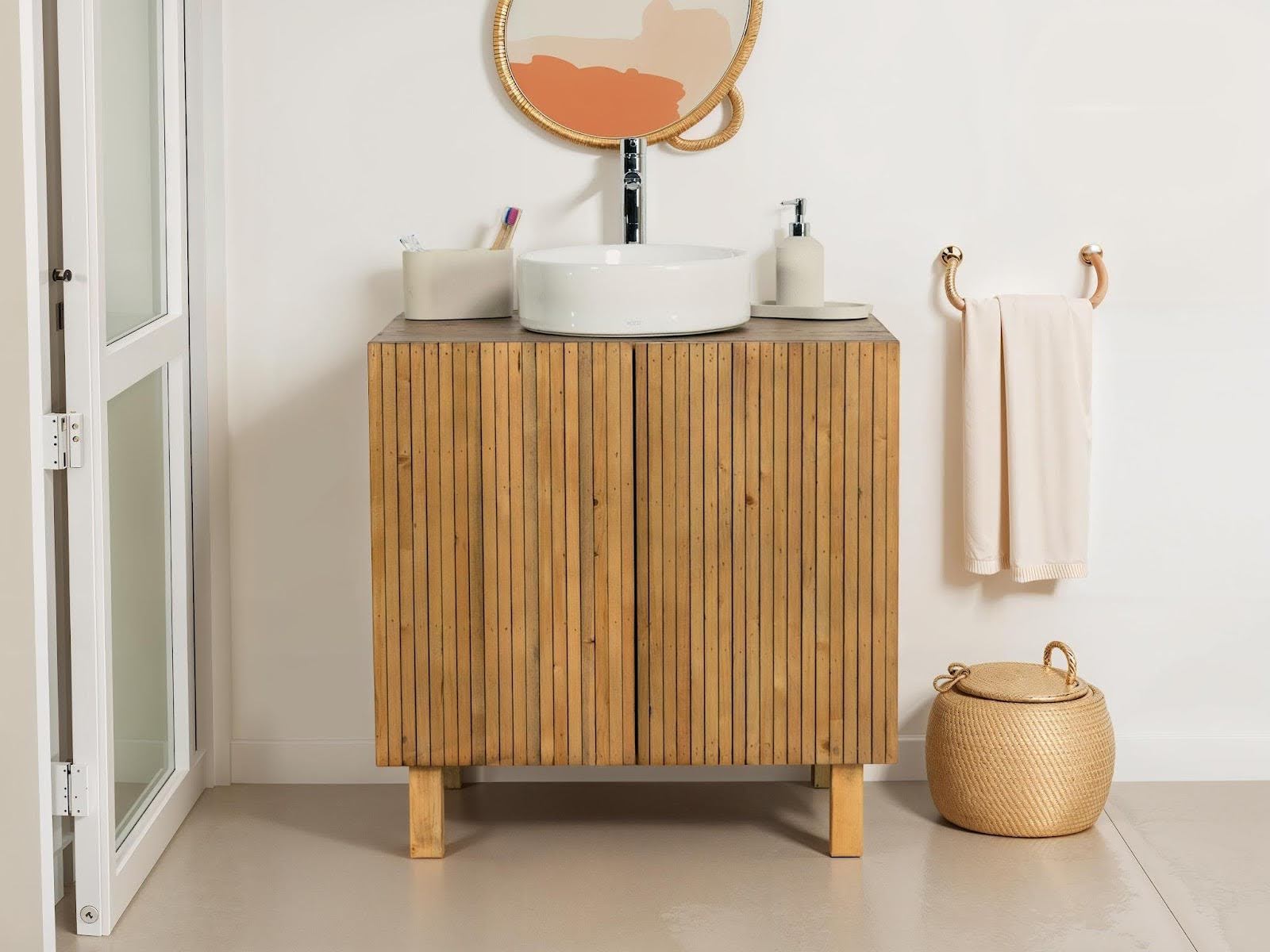
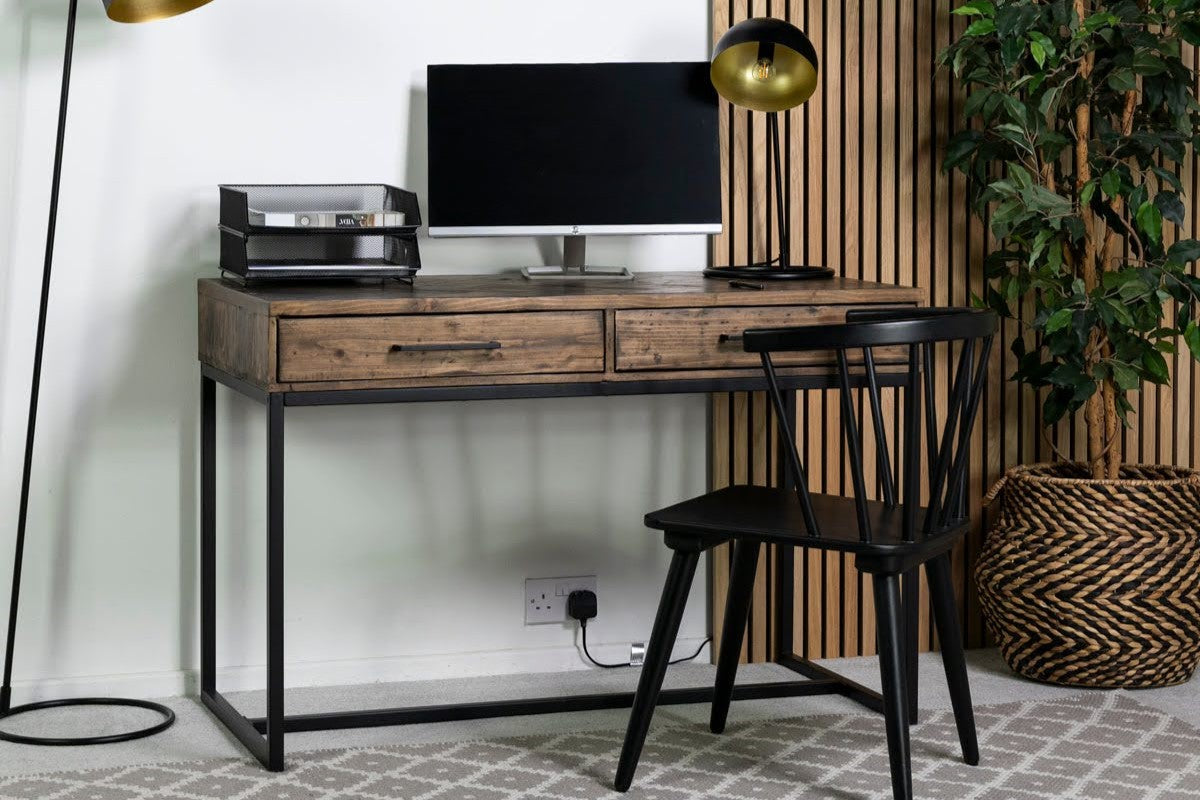
Leave a comment
This site is protected by hCaptcha and the hCaptcha Privacy Policy and Terms of Service apply.